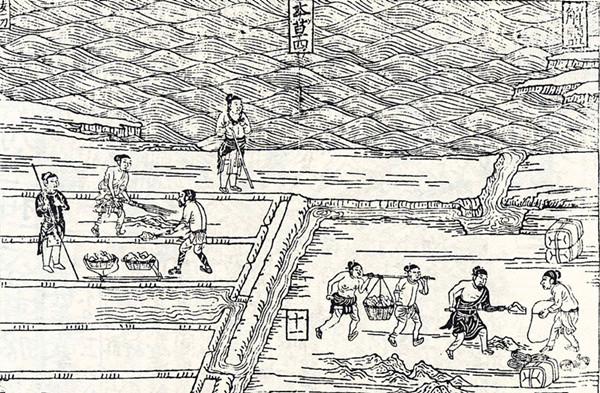Information
Salt-making relics found in north China
An ancient salt-making site, along with well-preserved stoves used for separating salt from sea water, has been discovered by archeologists in North China's Hebei province, local authorities said.
The ruins, which were built sometime during the Tang Dynasty (618-907), were found in Huanghua, a county-level city bordering the Bohai Sea.
The site is two-and-a-half kilometers from the ruins of Haifeng Town, a protected heritage site thought to be the northern tip of the ancient Maritime Silk Road trade route.
During the excavation on the 1,500-square-meter area, archeologists have found round and oval burning sites with identifiable plant ash and red clay, which are presumed to be stoves used to extract salt.
The stoves range in diameter from one to nearly six meters.
Archaeologists say that judging from the unearthed pieces of porcelain and brick the ruins could date back as far as the Tang Dynasty.
"The unearthed items, including stoves, flues, brine ditches, and salt pits, give us a picture of how an ancient salt-making workshop operated and how busy it was," said Lei Jianhong, director of the research office for underwater archaeology at the Hebei Provincial Institute of Cultural Relics.
"The findings fill in some blanks for archaeological studies on Hebei's salt industry," Lei added.
"We now have a more direct understanding of the scale, craft, and overall situation of China's ancient salt production, which is important for research over the socioeconomic development of that time."
Category: English
News
Information
Key words:

